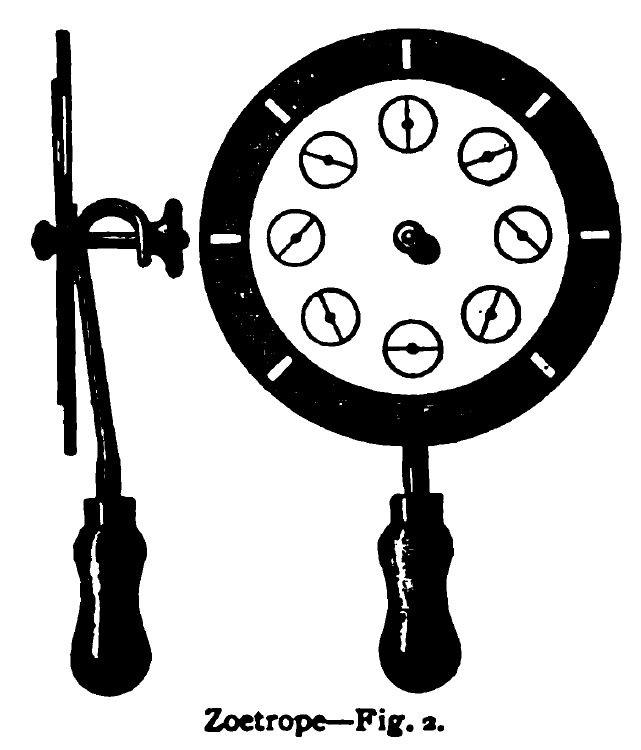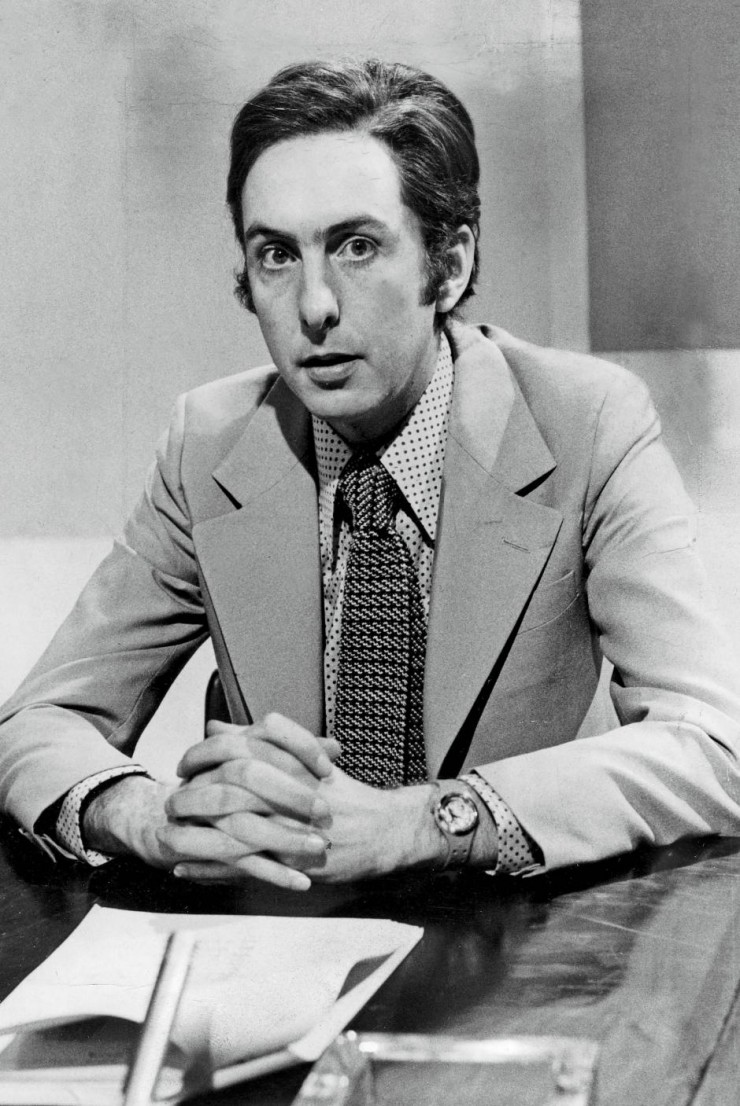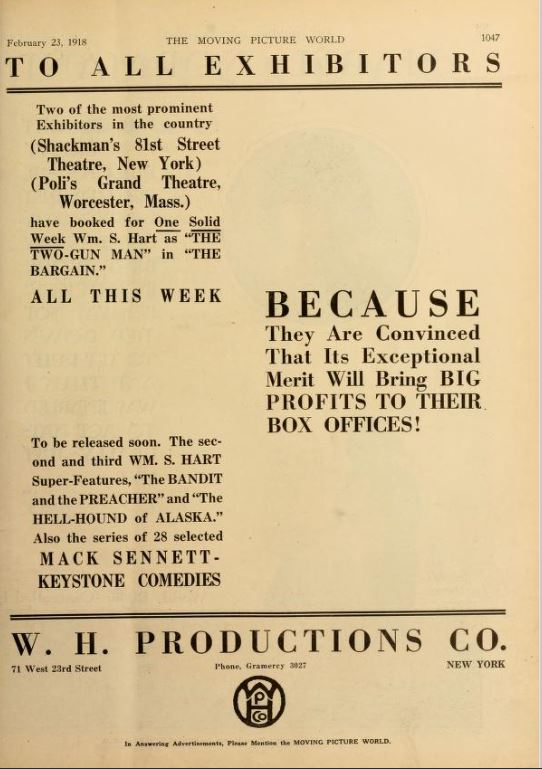 |
| Moving Picture World, 02-March-1918 |
A cartoon imagines Chaplin working on his first movie for First National release. The director is tied to a stake. Chaplin was directing himself. Copycats and imitators spy on him with a periscope, a balloon and an airplane. Note that it shows five cameras. Below is a long line of exhibitors waiting to sign up to book the movie. The safe in the round insert hold Chaplin's million dollars.
 |
| Moving Picture World, 09-March-1918 |
Chaplin was working to finish "A Dog's Life." His brother Sydney said the movie would be delivered two weeks later than expected but that "the great daily expense under which they now operate would have spurred them to the completion of the first picture before this time were it not for Charlie's determination to give the circuit a picture of real quality regardless of expense." That is the Charlie Chaplin that we know.
 |
| Moving Picture World, 16-March-1918 |
"Of the story it may be said that it is of a nature entirely different from anything the star has heretofore attempted, and not alone will his comedy antics provoke outbursts of joy, but he has also added touches of pathos similar to those evidenced in 'Easy Street' and 'The Vagabond.'"
"Following the first release it is planned to issue a Chaplin subject on an average of about every six weeks until the eight comedies, as contracted for, will have been released." It didn't quite work out that way.
 |
| Moving Picture World, 23-March-1918 |
Chaplin chose to incorporate his new studio. "In regard to extra production at the Chaplin studio, Syd Chaplin, who is Charlie's manager, stated that it was possible, if a good dramatic story were offered to the new corporation, Mr. Chaplin might act as its producer, though there was nothing definite at present in the matter."
 |
| Moving Picture World, 23-March-1918 |
 |
| Moving Picture World, 30-March-1918 |
Another cartoon tells the tale of two theaters in a town. Everyone rushes to the theater showing "A Dog's Life."
 |
| Moving Picture World, 30-March-1918 |
The Strand Theater in San Francisco paid $3500 to run "A Dog's Life" for two weeks after it played at the Hippodrome. I don't think this was the same theater as the current Strand, which houses a second stage for the American Conservatory Theater.
 |
| Moving Picture World, 30-March-1918 |
"Texas has been eagerly waiting for the new production."
 |
| Moving Picture World, 02-March-1918 |
Essanay continued to rerelease Chaplin's comedies. I recently saw "The Tramp" again. The ad also mentions "Essanay's New Laugh Makers." "Wild Algy of Piccadilly" doesn't sound like much of a laugh maker.
 |
| Moving Picture World, 16-March-1918 |
"Essanay Comedies Will Keep Your Patrons Roaring With Laughter." I'm not sure about that.
 |
| Moving Picture World, 23-March-1918 |
This article says that the Essanay rereleases are doing well. It is illustrated with a still from Chaplin's first film for Essanay, "His New Job." I notice that it doesn't mention that Gloria Swanson was Chaplin's leading lady, or that Ben Turpin was his co-star.
 |
| Moving Picture World, 30-March-1918 |
This ad features a photo from Chaplin's first film for Essanay, "His New Job." "The Final Word in Comedies is Essanay Made." I don't understand that sentence. "Essanay Made" is not a word, it is a phrase. "The Jazbo Sheriff" -- what could that be about? The IMDB doesn't offer much help.
 |
| Moving Picture World, 09-March-1918 |
Jeanie MacPherson wrote many of Cecil B DeMille's movies. I wonder if the butler who hit Chaplin with a pie was Buster Keaton. He often impersonated a clumsy waiter at dinner parties.
 |
| Moving Picture World, 09-March-1918 |
The Income Tax was fairly new in the United States. The Sixteenth Amendment, which was adopted in 1913, allowed the Federal Government to begin collecting it. Chaplin didn't pay as much as some actors because he was between contracts for part of the year.
 |
| Moving Picture World, 16-March-1918 |
King Baggot was not King Baggot, Jr's favorite actor.
 |
| Moving Picture World, 23-March-1918 |
"Some Useless Statistics."
 |
| Moving Picture World, 02-March-1918 |
And finally, Chaplin visited fellow Keystone alumnus Roscoe Arbuckle, who was making short comedies at the Balboa Studio in Long Beach. Buster Keaton was appearing in Arbuckle's Comique comedies. "Charlie Chaplin says he remembers when he used to bounce Buster Keaton around on his knee..." This is unlikely, but they did know each other.



















































